Product Description
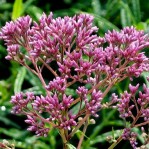
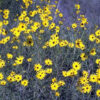
Gaultheria procumbens – Eastern Teaberry
Native/Non-native – Native
Hardiness Zone – 3-8
Sun – Partial shade to full shade
Moisture – Moist
Size – .5-1′ height x 2′-3′ spread
Comments
* Forms a creeping mat 2-12″ off the ground
* Long-lasting scarlet red berries
Description
Gaultheria procumbens
eastern teaberry, wintergreen, teaberry, checkerberry
Plant types and subtypes:
Trees & Shrubs, Ground Covers, Shrubs, Subshrubs, Evergreens
Light Requirements: part-shade, shade
Water Use: low, medium
Soil Moisture: dry, moist
Soil Description: acid, rich, average, poor
Height: 3″-6″
Bloom Time: June, July, August
Bloom Color: white, pink
Leaf Color: green, bronze
Hardiness Zone: 3, 4, 5, 6, 7
Native Range: AL, CT, DC, DE, GA, IL, IN, KY, MA, MD, ME, MI, MN, NC, NH, NJ, NY, OH, PA, RI, SC, TN, VA, VT, WI, WV
Additional Tags: attracts birds, berries, edible, evergreen, fall interest, fragrant plant, shade garden plant
Description
Gaultheria procumbens is a low growing, woody groundcover. Underground stems produce branches that may only reach 6″ in height. The leathery, oval, dark green leaves are evergreen and particularly attractive in winter when they turn reddish-bronze. It produces small, bell-shaped, white flowers with pinkish hues.These are reminiscent of lily of the valley. Flowers give way to attractive, red berries in fall.
Cultivation
Eastern teaberry will grow in a variety of soils and is quite tolerant of dry conditions. It does well in full shade although a certain amount of filtered light will ensure better winter foliage color. A summer bloomer: July-August. Zones 3-7
Propagation
Propagate by taking cuttings of young runners in early summer before they harden into the plant’s underground stems. May also be propagated from fresh seeds. If seeds are collected, they should be moist, cold stratified before sowing.
Additional Notes
Also known as wintergreen this is indeed the plant from which an extract has been used to flavor teas, candies, chewing gum, toothpaste and medicine. All parts of the plant are fragrant. A variety of wildlife will use this plant as a source for food during difficult winter months.




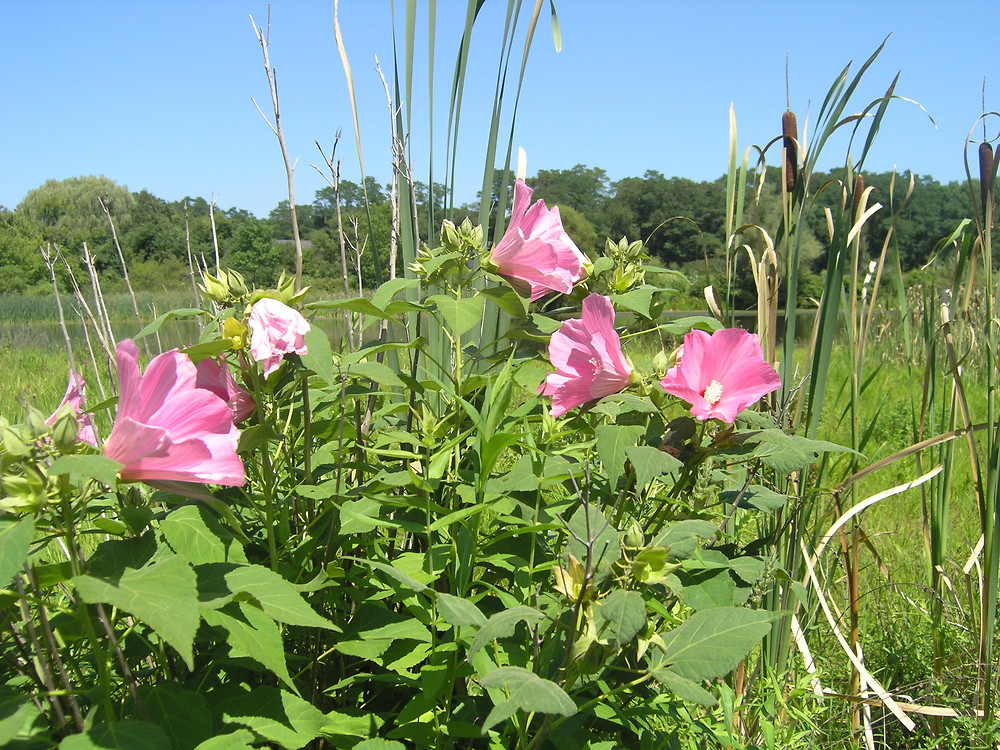
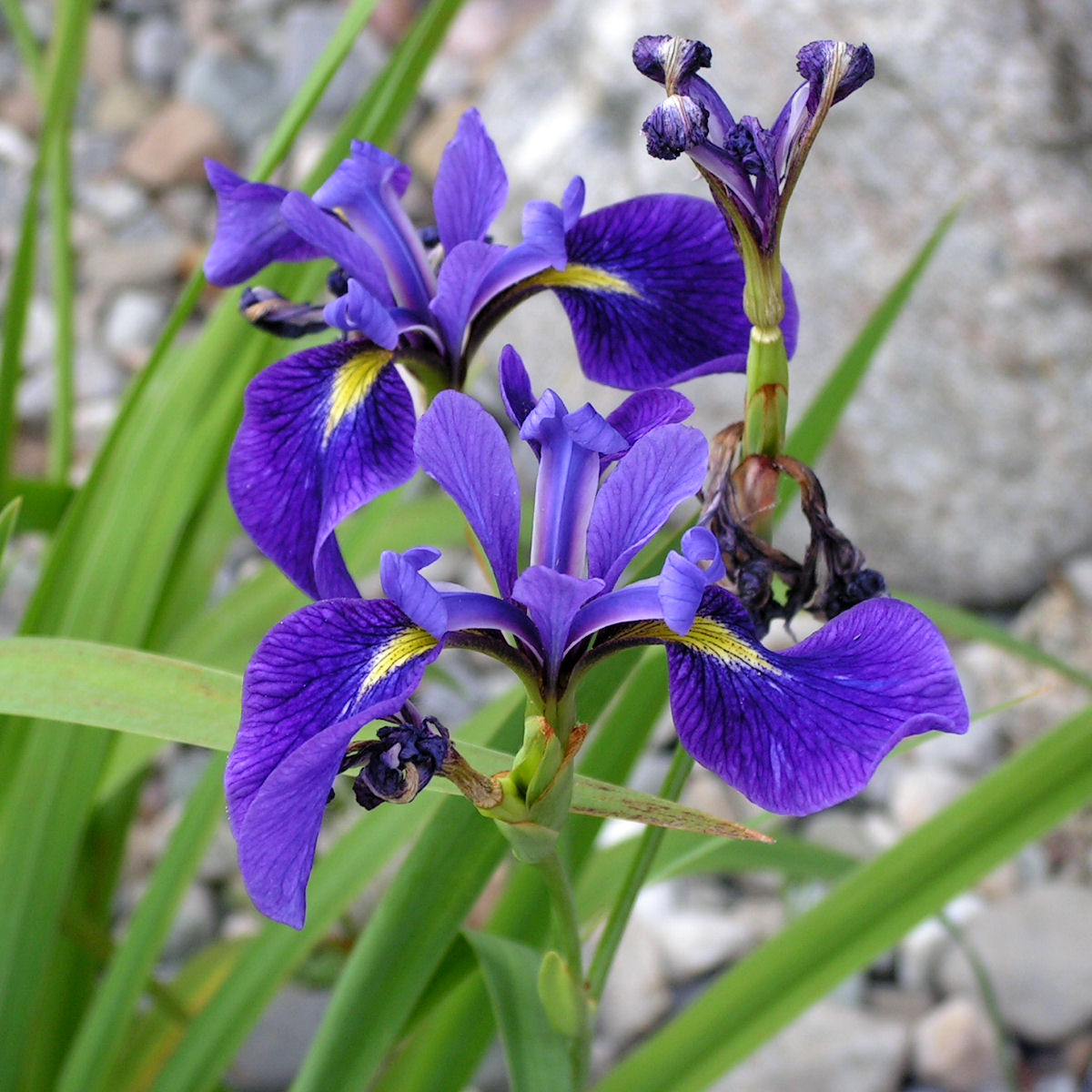


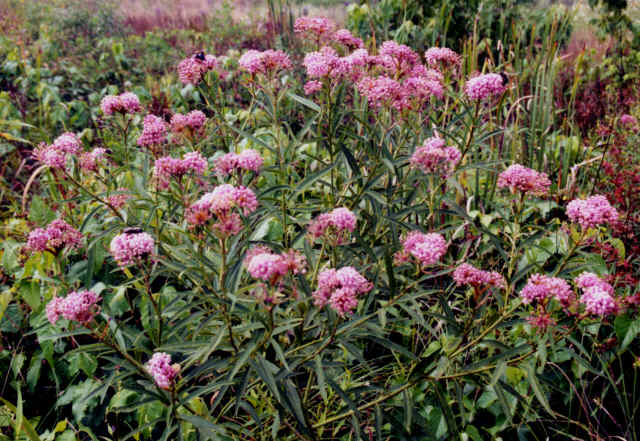


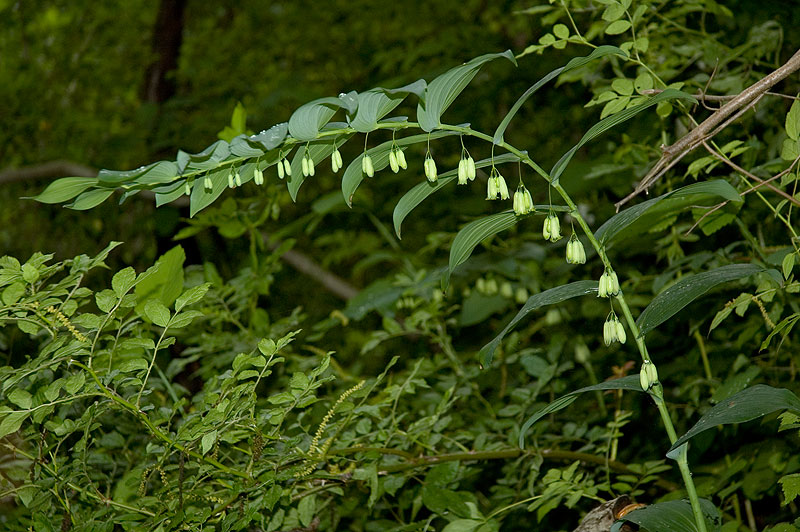
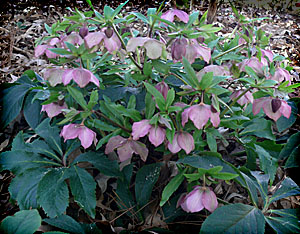


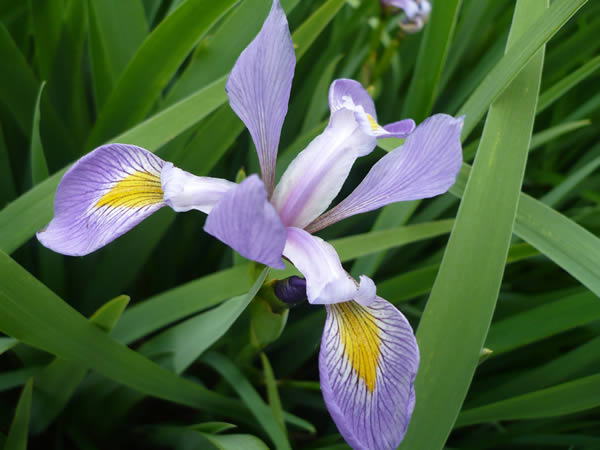
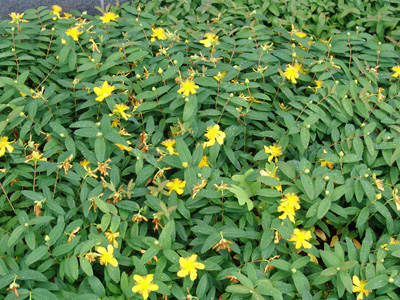

Reviews
There are no reviews yet.